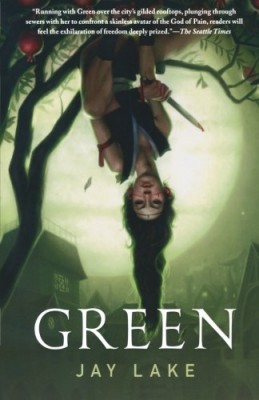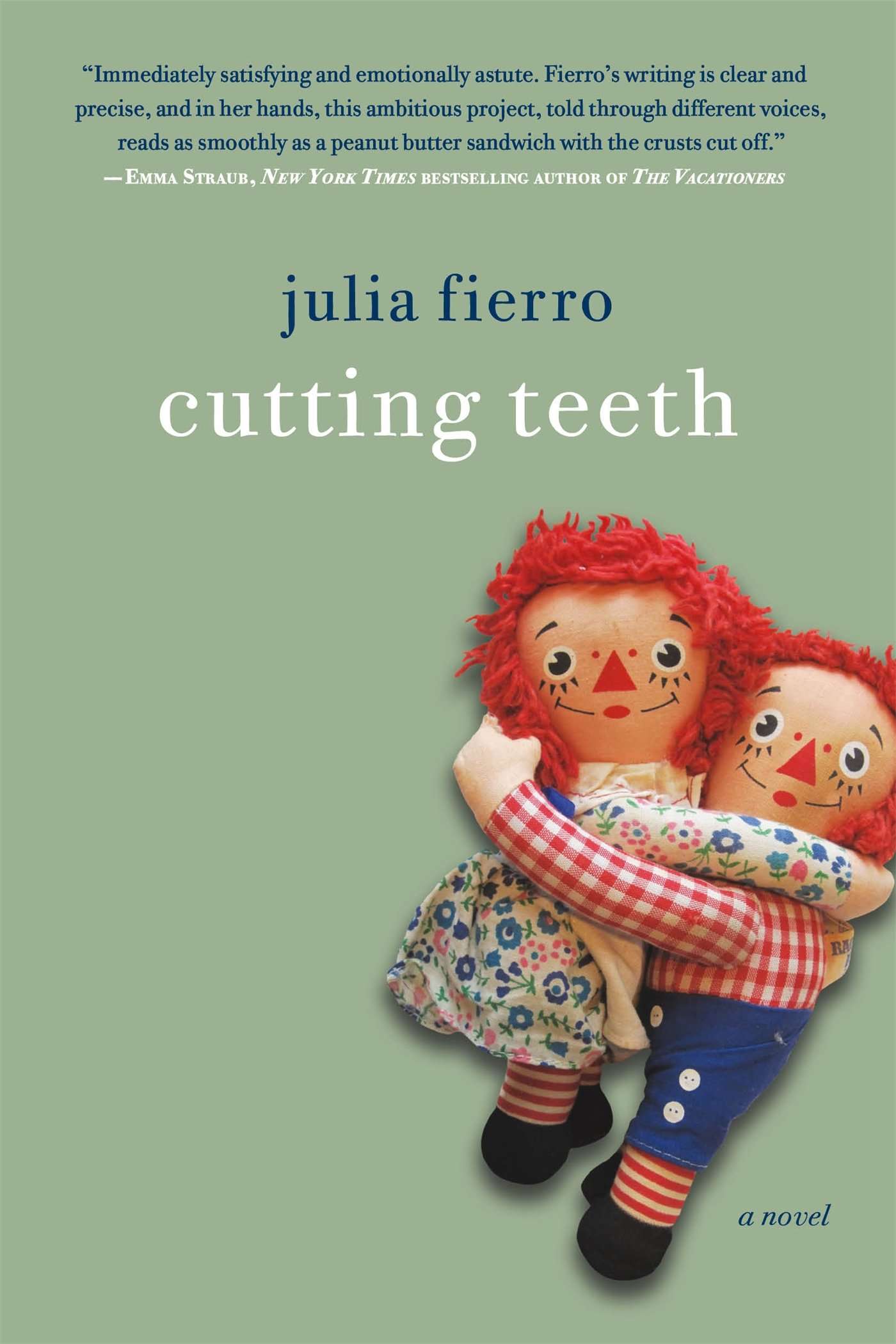Green, by Jay Lake
Green is the first volume of a trilogy from author Jay Lake. Published in 2009, it was followed by Endurance in 2011, with the third volume, Kalimpura, arriving in 2013. The “Green” of the title refers to the lead character, whom we known at the onset only as “Girl” when she is taken at aged 3 from her impoverished village and placed into isolated training in a foreign land across the sea. Years later, after apparently proving her worth by surviving, she is given the moniker of Emerald; in defiance she refers to herself only in the forbidden tongue of her native land. However, her vocabulary has atrophied over the years to the point where she cannot conjure the word for emerald – so she embraces the closest word she can recall: green.

Anyone who assumes that Green is a young adult novel due to the age of the main character is in for quite a surprise. Although I would not say that Green is too adult for maturing audiences, it certainly does not handle adult issues with kid gloves. Plus, those issues have the added wrinkle of being acted upon by a heroine who has been subjected to a very wide sampling of knowledge but very narrow spectrum of experience.
The youngster we are introduced to at the start of the book has only a few memories of her earliest life, but those select memories are razor sharp in her mind: her Papa and their solid ox, named Endurance, and a journey towards the funeral rites for her grandmother. They do not include her name, the name of the town in which she lives, or the country where she was born – although her recollections of hot, blasted sands and rows upon rows of irrigated rice paddies remain.
She is taken across the sea to the magnificent city of Copper Downs where she is immediately deposited at the fortress of her unseen patron, the Factor. Her new world consists of a single tower in that fortress, named the Pomegranate Court because of the tree growing in its courtyard. For the next 8 years, she will have no contact with the outside world other than the Mistresses who arrive to train her in domestic and discerning arts, and occasional visits from Federo, the man who originally purchased her for the Factor’s service.
When she does finally quit herself of the Pomegranate Court, it is through violence. With Copper Downs in chaos, the girl now calling herself Green flees back across the sea to the land of her birth not only for refuge but in an attempt to find a personal anchor to her stolen life. After a disappointing homecoming, she finds herself in the great city of Kalimpura; this time, however, by choice, not by coercion.
At the temple of the Lily Goddess, she pieces together a more coherent picture of her world and learns to tap into mysticism as well as to develop her inner strengths and desires. But just as she must decide whether to follow the path of the Lily Blades (the respected/feared peacekeeping force of the temple), an old ally appears and implores her to return to Copper Downs, where the consequences of her flight has had repercussions far beyond what Green had ever anticipated.
Green as heroine fits our tidy expectations in that she is physically adept, strong, intelligent and independent. What she doesn’t have, however, is awareness or insight to the same degree as her baser elements. Her moral compass is fixedly pointed at her own core and therefore she cannot see beyond her own perceptions, narrow as they are. Having never had positive examples of healthy relationships, she doesn’t connect deeply with anyone, and key figures in her life can flit between friend and foe in a single thought.
This feels wrong. However, it wasn’t until the end of the book that I realized my frustration with Green had more to do with me than with her. I had been projecting my own biases on her rather than absorbing the totality of what had shaped her: isolation, remote relationships, barely a modicum of emotional support and virtually no sympathy or concern for the individual as individual. Once I stepped back I was able to see that Green was what one would expect of an emotionally stunted, impersonally groomed child who had for her entire young life been treated like a commodity rather than a person After realizing this, my discomfort was more atmospheric than challenging, and the genius of the character became clear – which was to continue throughout the entire trilogy.
Definitely a book – and a trilogy – to get to know.
—Sharon Browning

